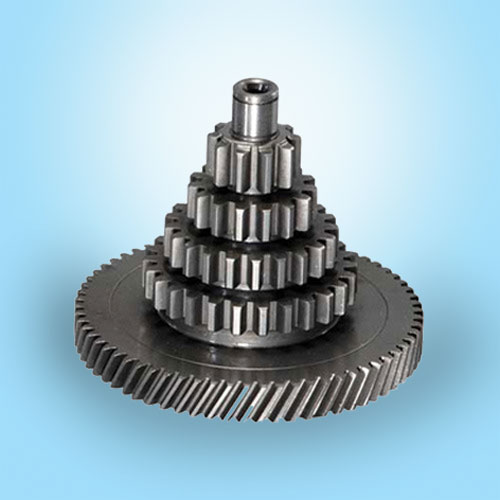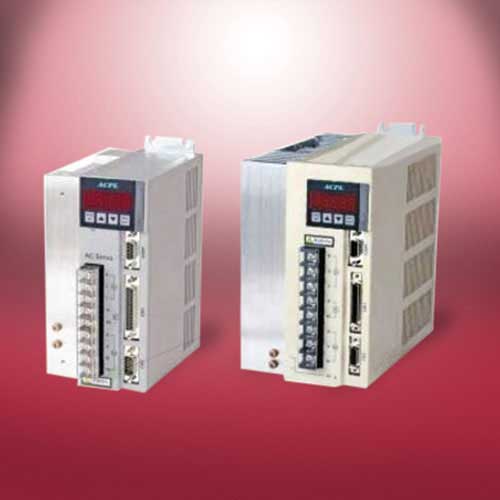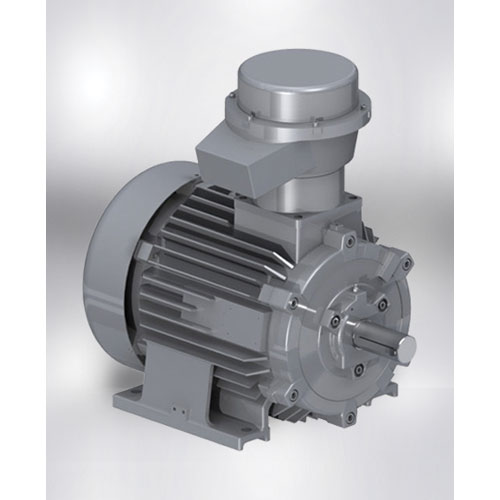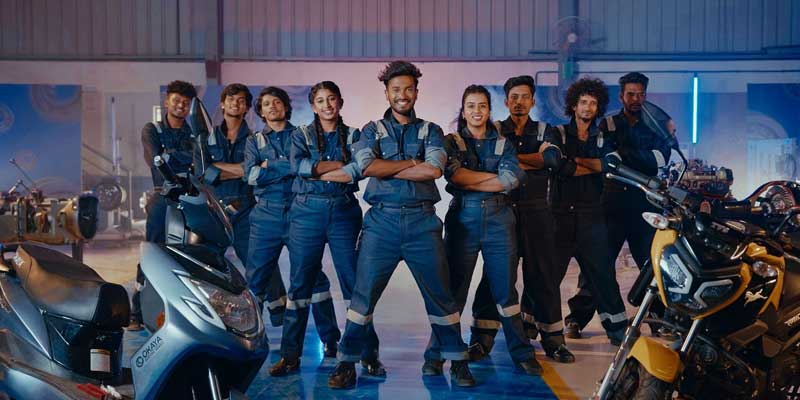Schedule a Call Back
Making 3D Printing an Indian Reality
 Technical Articles
Technical Articles- Nov 28,13
Two students of the Manipal Institute of Technology have created what is being claimed as the country's first 3D printer and have also set up a company to get into commercial production

There are those who 'pursue' engineering. And then there are those who 'do' engineering. Originally from Hyderabad and now based in Manipal, the young duo, Vijay Varada (21) and Rohit Asil (19), clearly enough belong to the second type of engineers. So, armed with this attitude to technology and its applications, Vijay and Rohit have probably emerged as the pioneers of the 3D printer in India, which is capable of printing on different materials such as plastic, wood and nylon. With the experimentation phase over, they have now released the first production model that has being branded 'Julia'.
"It is a state-of-the-art device that we believe converts imagination into reality, concepts into technology. Julia represents not only a breakthrough in additive manufacturing, it acts as the flagship in affordable 3D printing solutions, marking the beginning of the next industrial revolution here in our country," says Asil, who is in his third year of instrumentation and control engineering at the Manipal Institute of Technology. Priced at USD 900, it has been launched under their recently formed company called Fracktal Works. "The innovation has already won many accolades from the engineering community but now we are testing the commercial waters," Asil states.

Elaborating about what 3D printing means, Asil explains that it is a process of making almost anything from a digital model. "Consider a normal inkjet printer. A 3D printer is no different from a normal printer but has an additional axis. Here the printer lays the plastic filament, which is the link here, layer by layer continuously, joining each new layer with the previous layer and printing the article from bottom to top manner. So if one has a digital model of a design, she or he can use 3D printing to realise this design in no time," he adds. The method this 3D printer follows is known as fused deposition modelling (FDM).
For both Asil and Varada, it was quite a challenge to about inventing the printer. "We never had people or rather experts whom we could approach in understanding the minute complexities which are involved. It hardly took us a week to construct the mechanical structure and make the printer running but we took over a month in perfecting the operation, calibrating and devising methods in making the prints better in resolution, time taken, and efficiency. Facing those challenges made us more wary and helped us in creating a printer eliminates all those difficulties," Varada says.


Though the basic construction of the printer has been inspired from the open source community of the West, the duo have custom-made all the important parts, employed better locomotion systems and improvised on the speed and resolution without compromising on the affordability. "We are also looking into the upgradation of this printer on a regular basis to make sure that no customer has an older version," Asil says. Now that the printer has been officially manufactured and attempts are on to market it, future plans are being put into place. "We would like to develop a wide range of 3D printers which will cater to different volumes of printing work. Also, we want to invent new methods of printing," Varada confides. Incubated under the MU-TBI funded by NSTDB, Government of India and DST India, the project took off essentially because both Varada and Asil are avid followers of the open source community.
"It was during one of our searches that we came across the technology of 3D printing. We realised then its importance for India as also the absence of an Indian company that caters to the needs of Indian designers, engineers and architects. With this technology, and knowing where it is headed toward, we became determined in being one of the very first Indian companies to venture into this field," Asil states.
(Fracktal Works (P) Ltd. Tel: 090356-74375. Website: www.fracktal.in Email: asilrohit@gmail.com)
FDM Methodology |
FDM works on an additive" principle by laying down material in layers; a plastic filament or metal wire is unwound from a coil and supplies material to produce a part. The technology was developed by S. Scott Crump in the late 1980s and was commercialized in 1990. FDM begins with a software process which processes an STL file (stereolithography file format), mathematically slicing and orienting the model for the build process. If required, support structures may be generated. The machine may dispense multiple materials to achieve different goals: For example, one material may build up the model and another may be used as a soluble support structure. For another example, multiple colours of the same type of thermoplastic may be laid down on the same model. The thermoplastics are heated past their glass transition temperature and are then deposited by an extrusion head, which follows a tool-path defined by CAM software, and the part is built from the bottom up, one layer at a time. A plastic filament or metal wire is unwound from a coil and supplies material to an extrusion nozzle which can turn the flow on and off. The nozzle is heated to melt the material and can be moved in both horizontal and vertical directions by a numerically controlled mechanism, directly controlled by a computer-aided manufacturing (CAM) software package. The model or part is produced by extruding small beads of thermoplastic material to form layers as the material hardens immediately after extrusion from the nozzle. Stepper motors or servo motors are typically employed to move the extrusion head. Although as a printing technology FDM is very flexible, and it is capable of dealing with small overhangs by the support from lower layers, FDM generally has some restrictions on the slope of the overhang. Myriad materials are available, such as ABS, PLA, polycarbonate, polyamides, polystyrene, lignin, among many others, with different trade-offs between strength and temperature properties. |
Related Products

Cluster Gears
Trishla
Gear Industries is engaged in manufacture and supply of a wide range of cluster
gears.

Servo Drives, Fully Digital
Bristol
Industrial Electronics offers optimum quality, fully digital servo drives.















